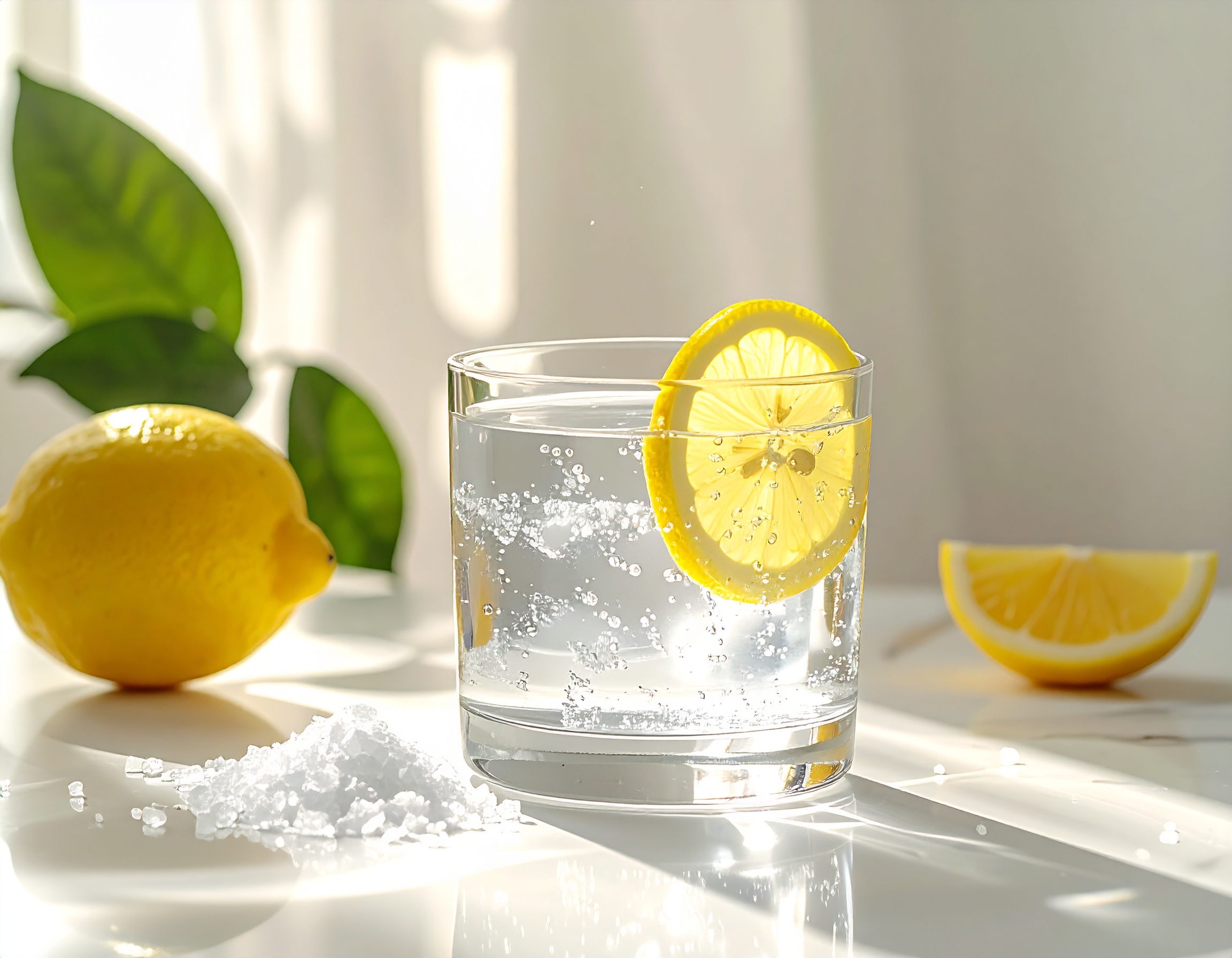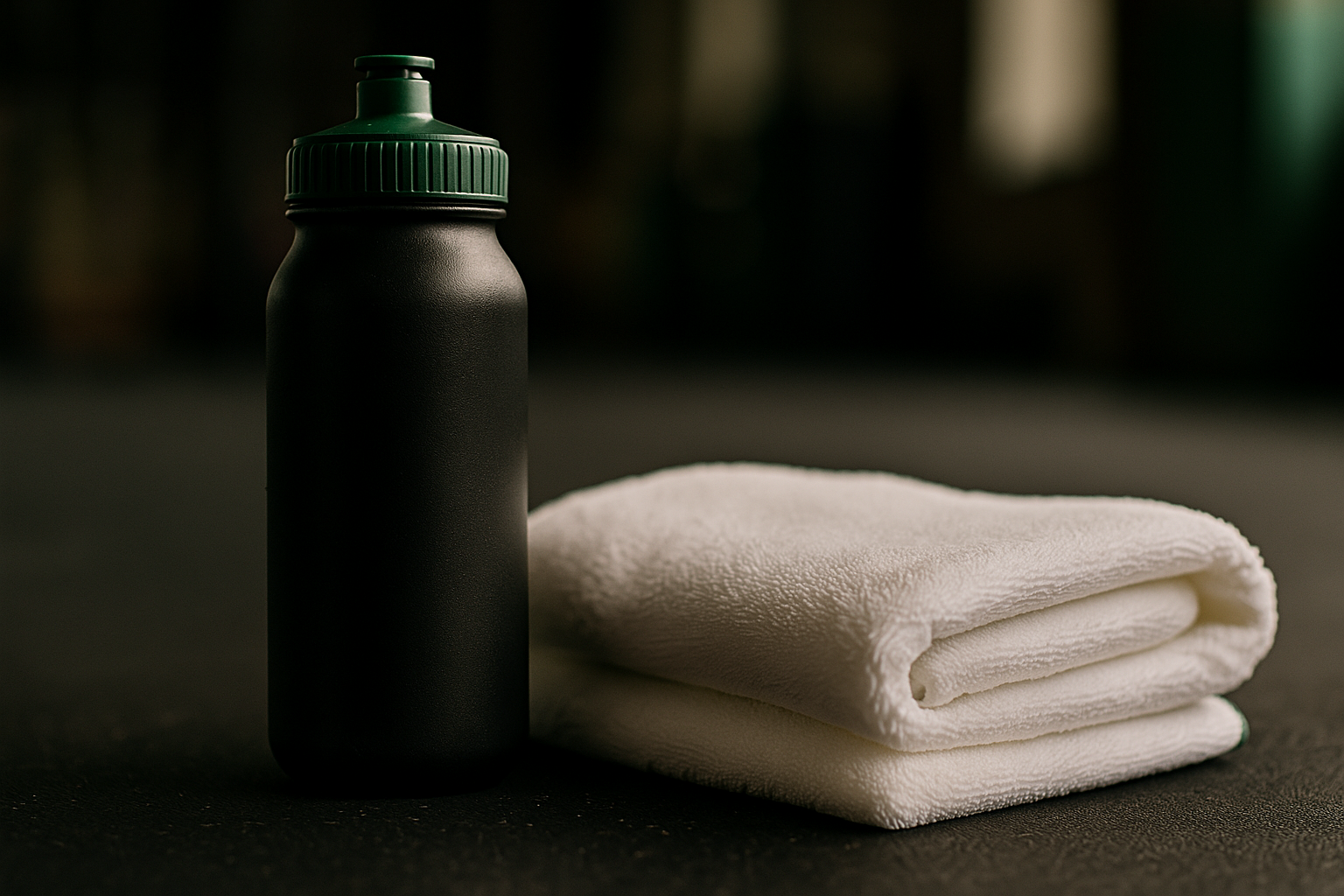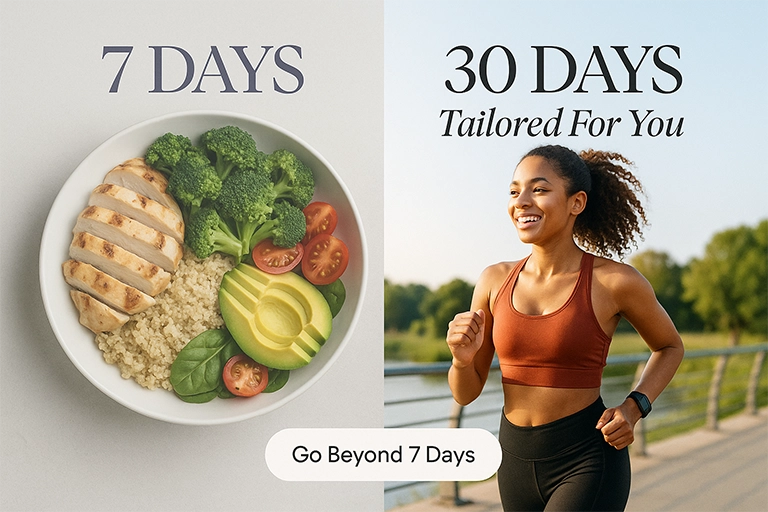Hydration & Electrolytes: A Real‑World Plan-Hydration doesn’t have to be complicated. Most days, drink to thirst and let meals cover most electrolytes. On long, hot, or very sweaty sessions, add some sodium and a little sugar so fluids actually absorb.## Baseline, most days- Keep a bottle handy and **sip to thirst**. Over‑drinking can be a problem, too.¹² - **CHydration & Electrolytes: A Real‑World Plan
Hydration doesn’t have to be complicated. Most days, drink to thirst and let meals cover most electrolytes. On long, hot, or very sweaty sessions, add some sodium and a little sugar so fluids actually absorb.
Baseline, most days
· Keep a bottle handy and **sip to thirst**. Over‑drinking can be a problem, too.¹²
· Check urine color: pale straw to light yellow generally means “in range.”³⁴
· Eat regular, salted meals. Fruits/veg contribute substantial water.

Training & heat days
· Before; arrive hydrated—have water with meals; if training hard, consider 300–500 mL 1–2 h before to start topped up.⁵
· During (>60–75 min, hot, or very sweaty): add sodium (e.g., 300–600 mg/L) and a little carb (3–6%) so fluid empties and absorbs well.⁵⁶
· After: drink to thirst and include a salty meal. Recheck urine color over the next few hours.
Why “to thirst” works
The 2015 hyponatremia consensus flagged excess drinking as the primary cause of exercise‑associated hyponatremia. Letting thirst guide intake helps prevent both over‑ and under‑drinking while maintaining performance.¹²

Simple shopping rules
Mixes with **moderate sodium** (not zero) and **modest sugar** (not syrupy). If you’re a very salty sweater (visible salt on clothes), choose higher‑sodium on long/hot days.
Cautions
Certain conditions (kidney, heart, blood‑pressure disorders) or medications (diuretics) change fluid/sodium needs—**work with your clinician**. Heat illness is serious: plan shade, cooling, and work/rest cycles in addition to hydration.³⁴
References
1) Third International Exercise‑Associated Hyponatremia Consensus: “drink to thirst” prevents over‑drinking in endurance events.
2) Field data: thirst‑guided intake nearly eliminates hyponatremia without impairing performance.
3) CDC/NIOSH and public health materials use **urine color** as a simple hydration cue.
4) OSHA heat resources with urine‑color chart guidance.
5) ACSM fluid/electrolyte position stand: timing before/during/after, carb‑electrolyte solutions for long efforts.
6) Classic ACSM guidance: electrolytes/carbs during exercise >~1 hour can aid performance.

















